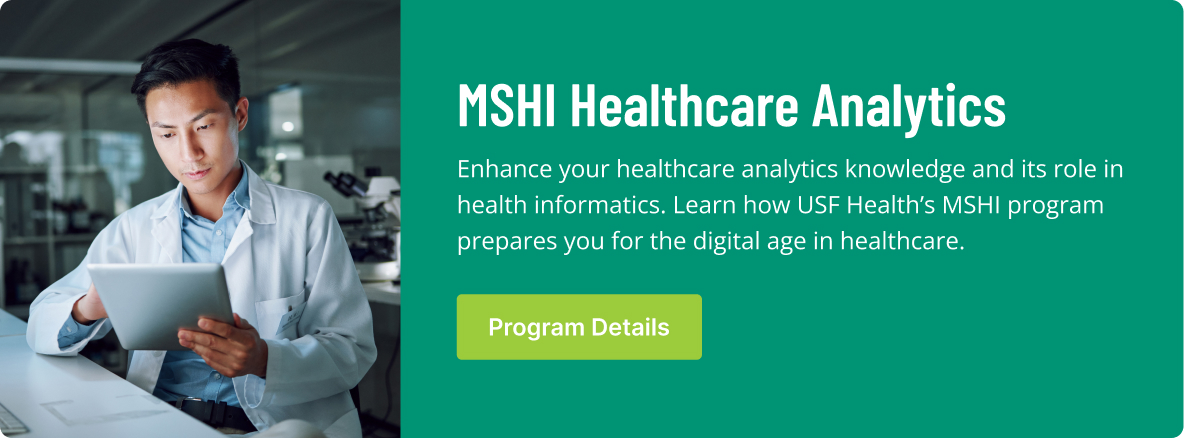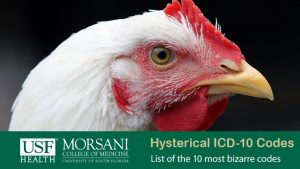The ever evolving landscape of healthcare has created a huge demand for health data analytics in Population Health Management (PHM).
PHM involves using healthcare analytics to establish best practices related to the treatment, prevention and self-care of patients throughout a set population. As electronic medical information becomes more fluid, the ability to share information critical to patient care and overall health outcomes is broadening.
So, too, is the ability for healthcare professionals to realize the goals of PHM. With readily available access to data related to individual patients, larger populations and their care, the hope is that population health professionals can analyze this aggregated data to improve patient outcomes while lowering costs.
Understanding Population Health Management
PHM isn’t a new concept, but it’s growing in relevance as electronic health records (EHR) make mining data to improve patient care more feasible. Analytics may also be used to reduce healthcare costs while also cutting fraud, abuse and waste in the $3.5 trillion healthcare industry.
PHM has a few distinct goals that are achieved through the use of data mining. The overall goal is to use analytics to determine what works to improve patient outcomes and/or reduce costs while identifying what changes need to be made. The benefits of the in-depth analysis associated with PHM are valid for not only patients, but also providers, policymakers, employers and insurance companies.
Though effective PHM has long been a goal, realization has been hampered by an inability to mine all data related to populations and population subsets. The practice has been limited to public health clinicians simply because of the limiting factors associated with healthcare information sharing prior to the implementation of EHRs.
For example, though a hospital might have a large pool of information about diabetics in a certain geographical area, the picture of their medical status isn’t fully complete without information also gleaned from local urgent care centers, private medical practices, pharmacies and other medical stakeholders. EHRs are making the collaboration and information sharing required by PHM more feasible.
On the individual practice level, Practice-Based Population Health is feasible. This branch of PHM allows analytics to be used to help individual practices:
- Identify patient populations that might require targeted care
- Examine characteristics of subpopulations
- Create reminders for patients that are actionable
- Track performance
- Make data more accessible for improved analysis
Where Data Comes into Play
Big data involves the implementation of EHRs and other forms of scalable, streaming data that can be used to help with real-time decision-making related to patient care and PHM. With the majority of medical practices having moved to EHRs, the ability to mine data outside of a hospital’s boundaries, for example, is now feasible. That means analysis of more complete, integrated data is also possible.
Using a diabetic population in a particular region as an example, simply tracking compliance levels with regular A1C testing used to be quite problematic. While a hospital might have some testing records, other patients’ records might have been held in a silo within a medical practice or testing facility. EHRs are making it possible to glean a better overall picture of patient status while also enabling real-time, point-of-care information that prevents duplication of services and promotes improved quality of care.




